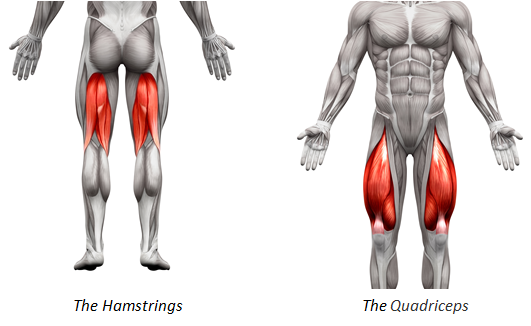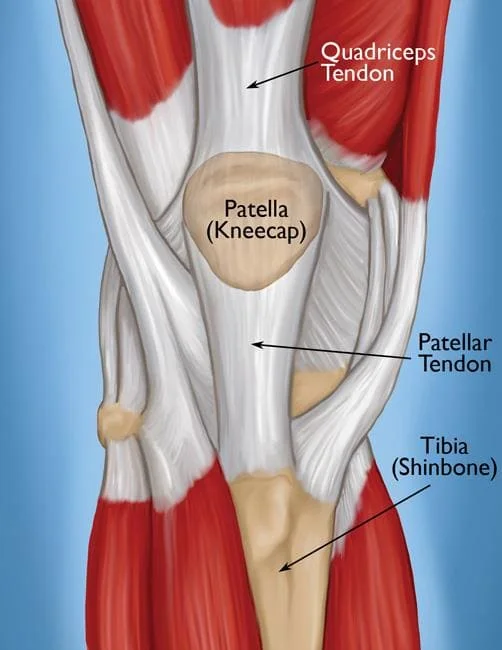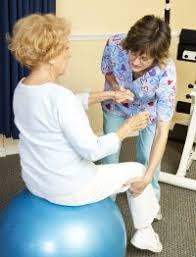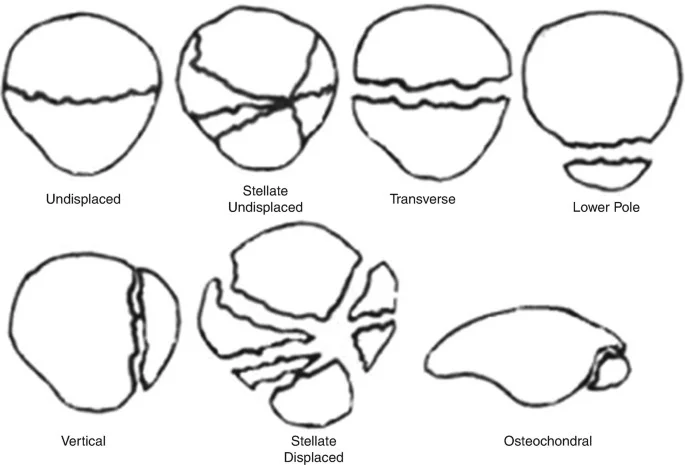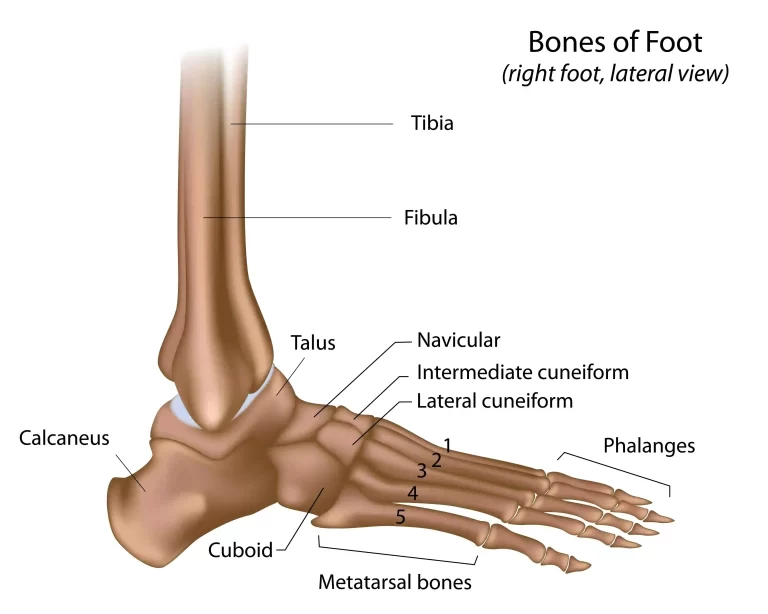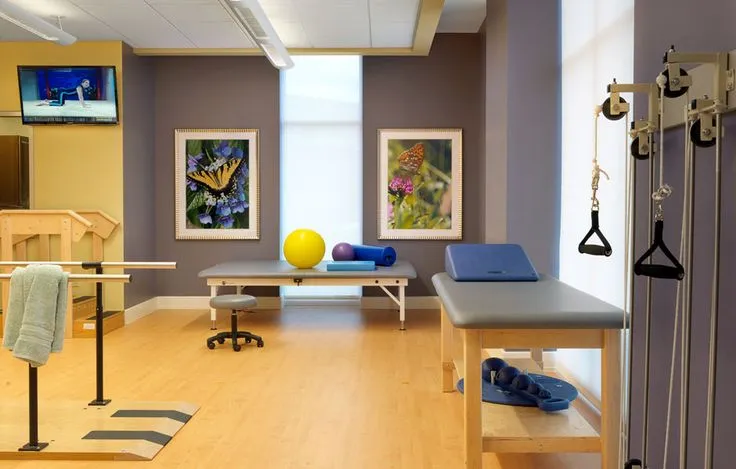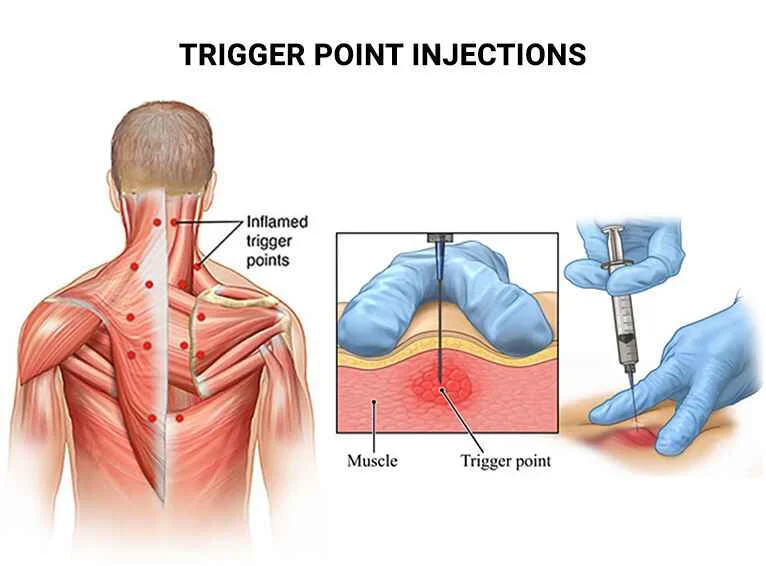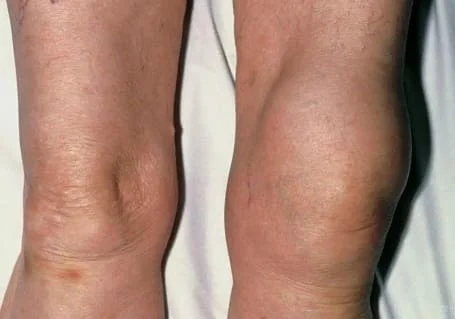Quadriceps vs Hamstrings
Introduction The quadriceps and hamstrings are two of the most important muscle groups in the human body, playing key roles in movement and athletic performance. Located in the upper leg region, the quadriceps consist of four muscles on the front of the thigh while the hamstrings are made up of three muscles on the back…

